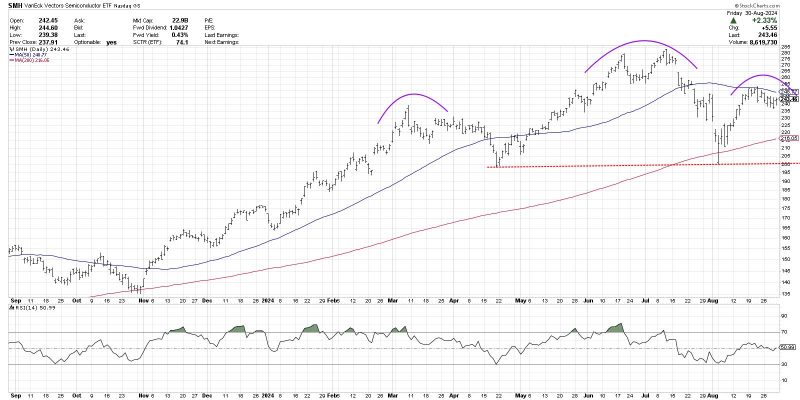Semiconductors are a crucial component in today’s tech-driven world, with their impact rippling across various industries. The Silicon Valley is often regarded as the birthplace of innovation when it comes to semiconductors. Companies like Intel, AMD, and NVIDIA have long been at the forefront of semiconductor technology, constantly pushing the boundaries of what is possible. However, the landscape is evolving rapidly, with new players entering the market and shifting the paradigm of the semiconductor industry.
The significance of semiconductors cannot be overstated. They form the backbone of modern technology, powering everything from smartphones and laptops to data centers and electric vehicles. As such, any developments in the semiconductor industry have far-reaching implications, not just for tech companies, but also for the wider economy. The recent surge in demand for semiconductors, driven by trends such as the Internet of Things (IoT), artificial intelligence (AI), and 5G, has created a unique opportunity for companies operating in this space.
The role of semiconductors in driving innovation and economic growth is well-documented. A top-tier position in the semiconductor industry can have a profound impact on a company’s bottom line and its overall market value. For instance, companies that are leaders in semiconductor manufacturing are often able to command premium prices for their products, giving them a competitive edge in the market. This, in turn, can translate into higher revenues and profits, propelling the company’s stock price higher.
One of the key implications of a top-tier ranking in semiconductors is its potential impact on the S&P 500. The S&P 500 is a stock market index that includes 500 of the largest publicly traded companies in the United States. A company’s inclusion in the S&P 500 is seen as a badge of honor, as it signifies that the company is a leader in its industry and has a strong track record of performance. Companies that are included in the S&P 500 often see their stock prices rise as a result, as they are viewed as more attractive investments by institutional investors.
If a semiconductor company were to break into the top tier of the industry, it could have a significant impact on the S&P 500. Not only would the company’s stock price likely rise, but its inclusion in the index could also attract more attention from investors, further boosting its market value. Additionally, the company’s success could have a spillover effect on other companies in the industry, driving up their stock prices as well.
In conclusion, the semiconductor industry plays a vital role in driving innovation and economic growth. A top-tier position in the semiconductor industry can have far-reaching implications for a company’s stock price and market value. As companies continue to push the boundaries of what is possible in semiconductor technology, the landscape of the industry is likely to evolve even further, with new leaders emerging and reshaping the market. Keeping a close eye on developments in the semiconductor industry is crucial for investors looking to capitalize on the opportunities presented by this dynamic and rapidly evolving sector.



























